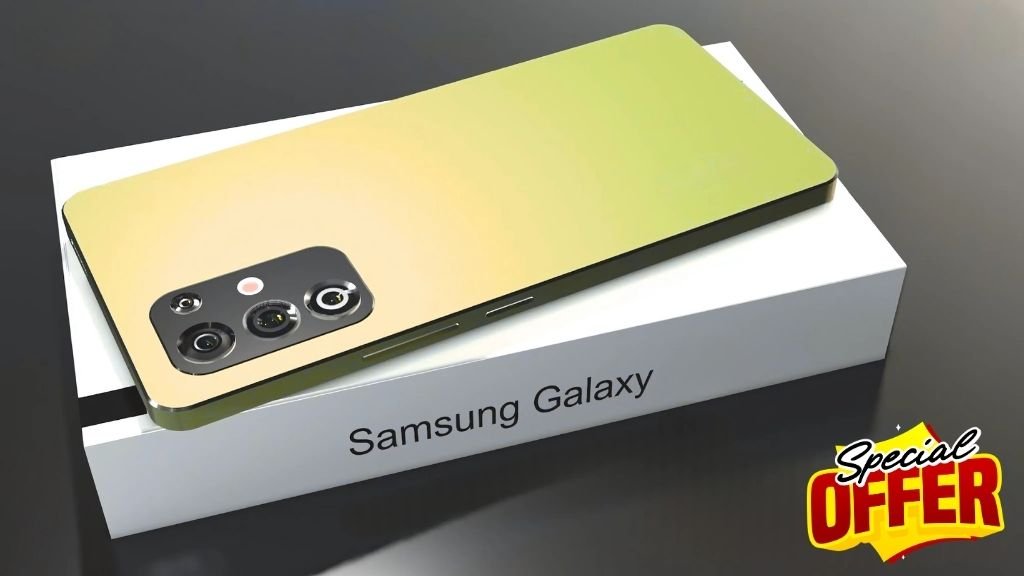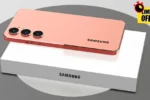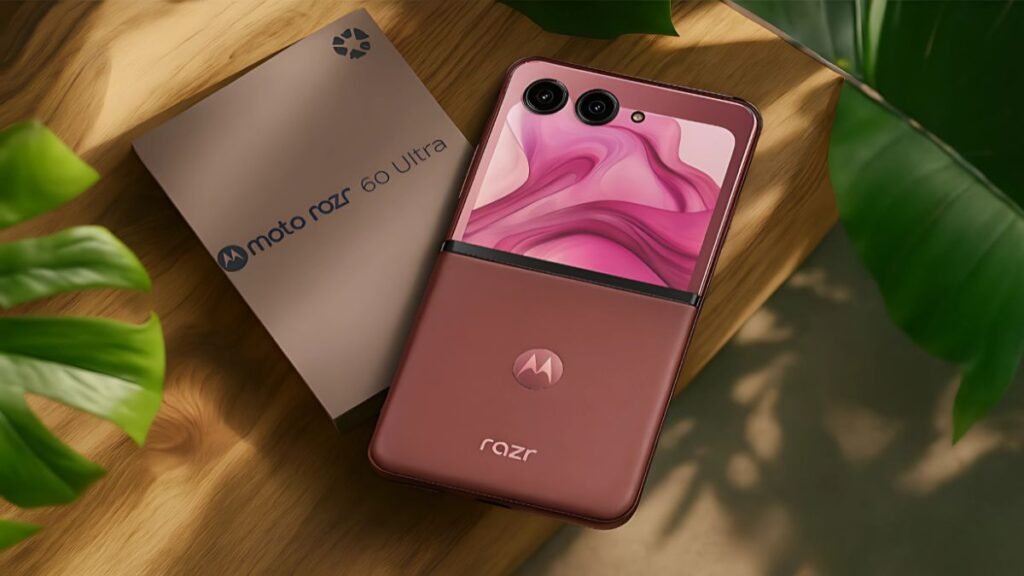Samsung Galaxy A15 Launched: If you’ve been waiting for a budget-friendly Samsung that still feels premium where it counts—battery life, display comfort, clean software, and dependable cameras—the Galaxy A15 is the calm, sensible option. In this practical guide, we skip the fluff and explain what you’ll actually notice after the first week: how readable the screen is at noon, how often you reach for a charger, how the camera behaves at dusk, and how much headroom you get with storage and updates. Ready to move from scrolling to owning? Let’s get you there—smartly.
Launch Snapshot (India & Global Context)
Samsung’s A-series refresh put the Galaxy A15 into the mainstream sweet spot with two flavors: A15 5G and A15 4G. In India, the 5G version typically arrived first and quickly became the default pick thanks to competitive pricing, carrier support, and strong availability both online and offline. Across regions, you’ll see memory options starting at 4/128 GB and going up to 8/256 GB, with microSD expansion for those of us who hoard photos, reels, and offline playlists. Colors rotate by market—expect a classic dark option plus a couple of cheerful shades. The bigger takeaway? The A15 aims squarely at the “I want it to just work” crowd, and that clarity shows in how it’s tuned.
Design & Build: Lightweight, Pocket-Friendly, and Practical
Pick the A15 up and your first thought is usually, “Oh—this is lighter than I expected.” Samsung leans into a flat frame with soft edges, a matte back that resists fingerprints, and a low-profile camera island that doesn’t make the phone seesaw on a desk. The button placement favors one-hand reach, while the side fingerprint reader unlocks quickly with muscle-memory precision. At this price, you’re not buying exotic materials; you’re buying sanity. Tight panel fit, a subtle lip around the camera glass, and a finish that doesn’t look tired after month six—that’s real value. Add a thin-lip case for corner protection and camera-ring coverage without turning the phone into a brick, and the A15 becomes a comfy all-day carry.
Display: Super AMOLED Smoothness You’ll Feel Every Minute
Budget phones live or die by display tuning, and Samsung’s 6.5-inch Super AMOLED makes a convincing case. Colors are vivid without going neon, blacks are properly inky, and outdoor readability is good enough that Maps and the camera UI don’t force you to tilt for shade. Most variants offer FHD+ resolution with 90 Hz refresh, which sounds like a spec but feels like a quality-of-life upgrade—scrolling is silkier, micro-gestures are more precise, and eye fatigue dips during long sessions. Night reading is where the panel shines again: ramp the brightness down, switch on Eye Comfort, and the screen goes from shouty to gentle. A two-minute in-store test says it all: max brightness under strong lighting, then 1% in a dark corner. If both feel easy, you’ve got an everyday winner.
Performance: Quiet Speed for Real Life (Helio/Dimensity Done Right)
On paper you’ll see either MediaTek Helio G99 (A15 4G) or Dimensity 6100+ (A15 5G). In hand, what you feel is quiet speed. Apps pop open without drama, the keyboard stays responsive during quick back-and-forths, and switching between camera → editor → share doesn’t send the phone into a lag spiral. Thermals are sensibly tuned; navigation with streaming audio stays comfortable, and casual gaming at sensible settings holds frame-time well past the five-minute honeymoon. The trick is balance: Samsung aims for sustained responsiveness, not one-lap benchmark fireworks. If you’re chasing competitive high-FPS titles on ultra, you’ll want a pricier class; for everyday life, this tuning hits the sweet spot.
Software & Updates: One UI, But Make It Light
The A15 runs One UI on top of Android, with Samsung’s sharper 2024–2025 focus on longevity and clarity. Quick toggles are where you expect them, notifications behave, and privacy prompts read like plain language rather than legalese. Samsung’s update policy is the hidden headline: extended OS upgrades and security patches mean your A15 won’t feel obsolete the moment the next sale banner appears. That’s not just a checkbox—it preserves value, improves resale prospects, and, frankly, keeps your data safer. Tip: during setup, toggle on Auto Update for apps and security; those quiet patch days matter.
Battery & Charging: The Calm You Notice at 11 p.m.
A 5,000 mAh battery has become table stakes, but not all 5,000 mAh are equal. The A15 pairs capacity with conservative power draw and the kind of standby discipline that means you don’t wake up to a surprise 20% drop. With mixed use—messages, reels, maps, and a couple of video calls—you’ll land comfortably at night with a buffer. 25 W fast charging (charger sold separately in many markets) turns 15–25 minutes into real, usable range. Better yet, Samsung’s charge curve slows near full to be kinder to long-term battery health, so your year-two endurance doesn’t nosedive. Real talk: plug in when you sit down to eat, and you simply stop thinking about battery.
Cameras: Consistency > Hype (50 MP Main, Ultrawide Where Offered)
Here’s the honest brief. The A15’s main camera—a 50 MP sensor—earns its spot with confident focus, restrained HDR that keeps skies believable, and skin-tone handling that avoids the plasticky “budget face.” Many 5G variants add a 5 MP ultrawide; a small macro unit rounds out the trio. Are you shooting cinema? No—but you are capturing clean, social-ready photos in daylight and usable snaps at dusk if you let the phone settle for an extra beat. Portrait mode does a decent job around hair and glasses; video stabilizes well enough for walk-and-talk clips at 1080p. Pro tip: for indoor shots, step closer and use the main camera—skip the macro unless you’re within its sweet spot and have steady hands.
Network & Connectivity: Reliability You Feel, Not Speed Tests
You’ll see 5G SA/NSA on A15 5G, dependable 4G on the 4G model, Wi-Fi ac, Bluetooth 5.x, and GPS that locks quickly. The part you’ll notice isn’t headline Mbps—it’s fewer drops on trains and in elevators, cleaner calls, and earbuds that pair once and just stay paired. NFC availability varies by market (check your SKU if tap-to-pay matters). Dual-SIM + microSD on many variants means you don’t have to choose between a second line and storage headroom.
Storage, RAM & microSD: Buy for Two Years, Not Two Months
Flash-sale banners love to shout the lowest price, which often means the lowest storage. For 2025 sanity, 128 GB is the floor; 256 GB is the calmer, two-year pick—especially if you shoot lots of video or keep offline playlists. With the A15, microSD expansion is your friend, but it’s still slower than internal storage; treat the card as a media vault, not your app drive. RAM matters too: 6 GB is fine for light use; 8 GB keeps more apps suspended and reduces the “where did my podcast app go?” reload moments.
Security & Privacy: Fast Unlocks, Fewer Worries
A fast side fingerprint reader and face unlock handle daily ingress; Samsung Knox hardens the rest. Per-app permission prompts, mic/camera indicators, and a simple privacy dashboard turn guesswork into control. If you use your phone as a wallet, transit pass, and photo library, this stuff isn’t boring—it’s the reason you sleep well. Tip: enable Find My Mobile and a weekly photo backup on day one; you hope you never need them, but you’ll thank yourself if you do.
Audio & Haptics: The Small Things That Add Up
Two things make entry phones feel cheap: tinny speakers and mushy vibration. The A15 sidesteps both with clear mid-range audio—great for podcasts and dialogue—and short, precise haptics that make typing feel confident rather than buzzy. These are the subtle, everyday wins you stop noticing because they just work.
A15 4G vs A15 5G: Which One’s Right for You?
If you live in a city with solid 5G coverage and hold onto phones for years, A15 5G is the more future-proof pick. You get better network longevity, carrier offers, and—often—an ultrawide camera. If you’re budget-conscious, mostly on Wi-Fi, and want maximum value right now, A15 4G makes sense: similar daily feel, smaller outlay. The rest of your choice is simple math: compare effective price (sticker minus bank offers, exchange, and bundles) at the moment you buy. If the delta is small, 5G usually wins; if the gap is big, 4G is a rational save.





